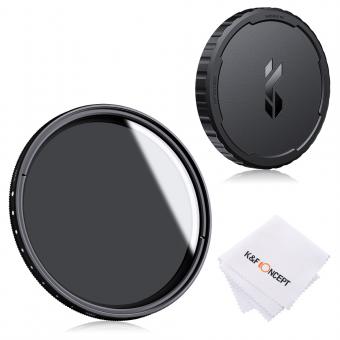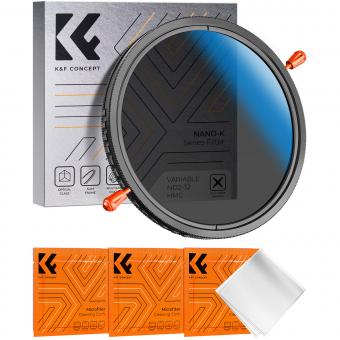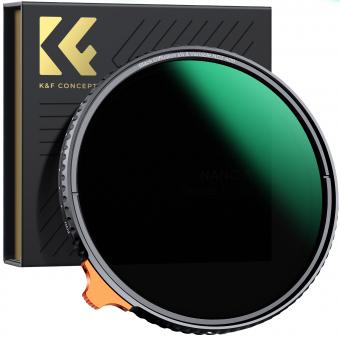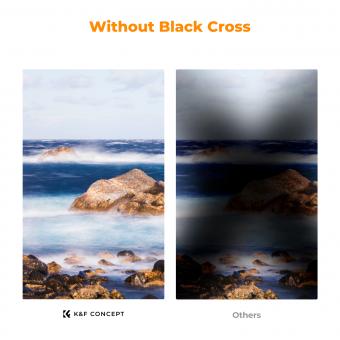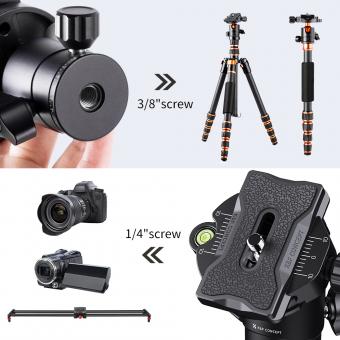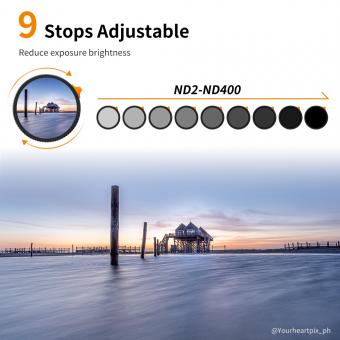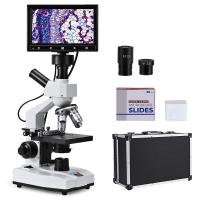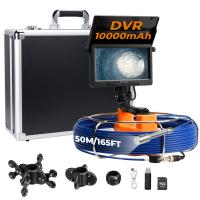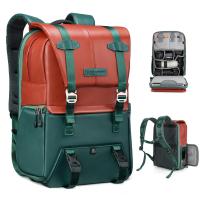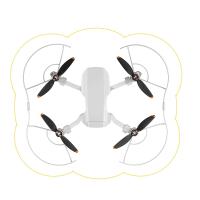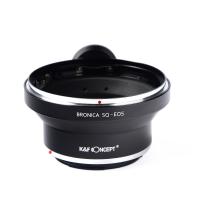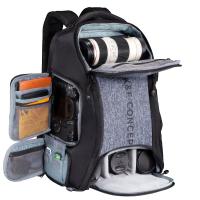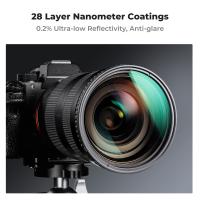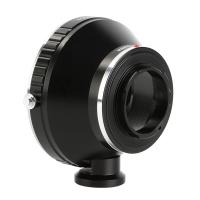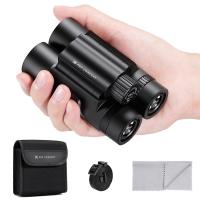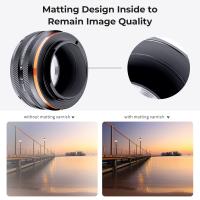What Is Variable Nd Filter ?
A variable ND (Neutral Density) filter is a type of camera filter that allows the user to adjust the amount of light that enters the lens by rotating the filter. This is achieved by using two polarizing filters that are stacked on top of each other and can be rotated independently. By rotating the filters, the amount of light that passes through the lens can be adjusted, allowing the photographer to use slower shutter speeds or wider apertures in bright conditions without overexposing the image. This type of filter is particularly useful for landscape and outdoor photography, where the lighting conditions can change rapidly and the photographer needs to quickly adjust the exposure settings. Variable ND filters are available in different strengths, typically ranging from 1 to 10 stops of light reduction.
1、 Definition and Function of Variable ND Filter

Variable ND filter is a type of camera filter that allows photographers and videographers to adjust the amount of light entering the camera lens. It is a combination of two polarizing filters that can be rotated to control the amount of light that passes through the lens. The variable ND filter is designed to reduce the amount of light entering the camera lens without affecting the color or quality of the image.
The function of a variable ND filter is to allow photographers and videographers to achieve a shallow depth of field or a slower shutter speed in bright conditions. It is particularly useful for outdoor photography and videography, where the amount of light can vary significantly. By adjusting the filter, photographers and videographers can maintain a consistent exposure and achieve the desired creative effect.
The latest point of view on variable ND filters is that they are becoming increasingly popular among photographers and videographers. With the rise of social media and online content creation, there is a growing demand for high-quality images and videos. Variable ND filters are an essential tool for achieving professional-looking results in challenging lighting conditions. They are also becoming more affordable and accessible, with a wide range of options available on the market. Overall, variable ND filters are an essential tool for any photographer or videographer looking to take their work to the next level.
2、 Types of Variable ND Filters
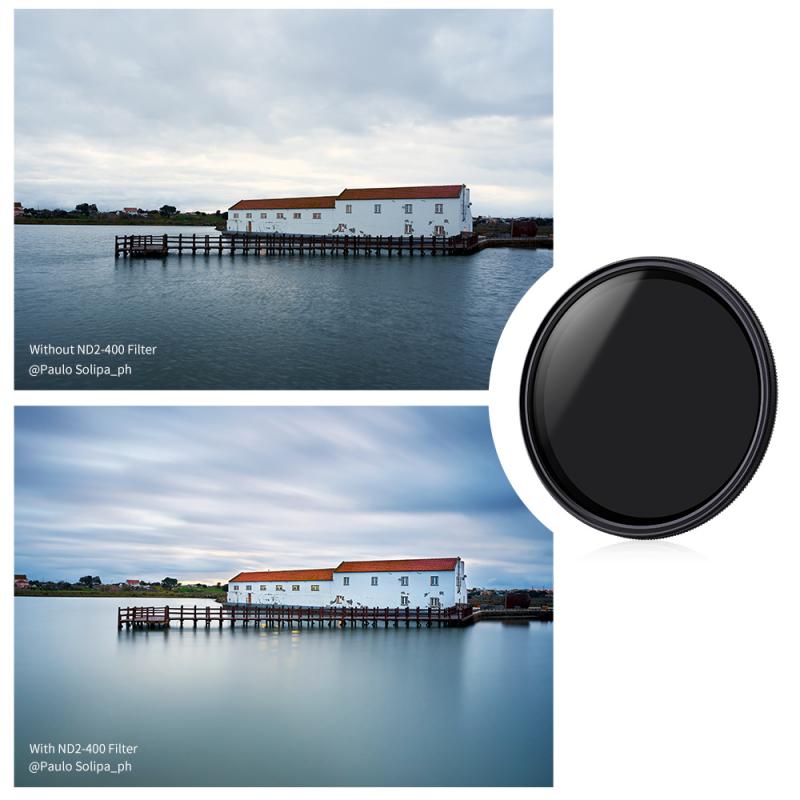
What is variable ND filter?
A variable ND filter is a type of neutral density filter that allows you to adjust the amount of light that enters your camera lens. It consists of two polarizing filters that are stacked on top of each other and can be rotated to control the amount of light that passes through. By rotating the filter, you can adjust the density of the filter and therefore the amount of light that enters your camera.
Types of Variable ND Filters:
There are two types of variable ND filters: circular and linear. Circular variable ND filters are designed for use with autofocus lenses, while linear variable ND filters are designed for use with manual focus lenses. Circular variable ND filters are more common and easier to use, but they can cause issues with certain lenses that have internal focusing mechanisms.
The latest point of view on variable ND filters is that they are becoming increasingly popular among photographers and videographers due to their versatility and convenience. They allow you to shoot in bright sunlight without overexposing your images or videos, and they can also be used to create long exposure effects such as motion blur in waterfalls or clouds. However, it is important to note that variable ND filters can sometimes cause color shifts or vignetting, so it is important to choose a high-quality filter and use it correctly to avoid these issues.
3、 Advantages and Disadvantages of Variable ND Filters
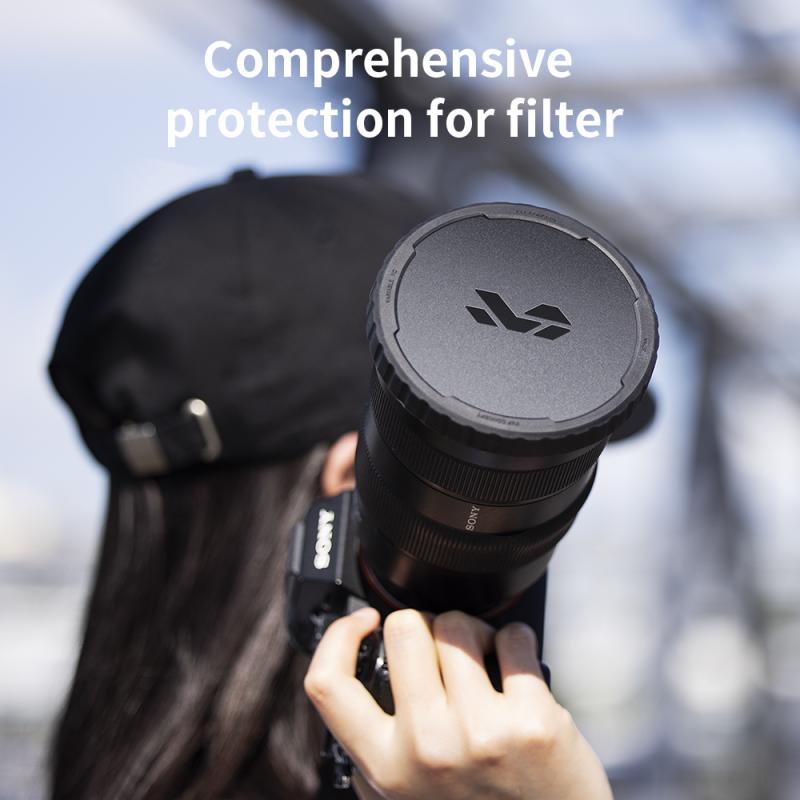
What is Variable ND Filter?
A variable ND filter is a type of camera filter that can adjust the level of light that enters the camera lens. The filter contains two polarizing layers that can rotate against each other to regulate the amount of light passing through the lens. It is named "variable" because it allows a range of ND filtration strengths to be achieved by turning the outer ring of the filter. This makes it a versatile tool for photographers and videographers who need to control the exposure in different lighting conditions.
Advantages and Disadvantages of Variable ND Filters
The main advantage of using variable ND filters is that they eliminate the need for multiple ND filters. A variable ND filter can replace an entire set of ND filters, which saves space in your camera bag and reduces the cost of buying multiple filters. The filter is also convenient to use, as it eliminates the need to switch out filters in rapidly changing lighting conditions.
Variable ND filters offer a seamless transition between ND filtration strengths, which makes them an ideal tool for videographers shooting in different outdoor lighting conditions. By simply rotating the filter, the videographer can dial in the perfect amount of ND filtration to maintain the shutter speed and aperture as desired, without introducing color shifts or vignetting.
However, variable ND filters have some disadvantages. Firstly, they can sometimes produce a crosshatch or X-pattern when used with wide-angle lenses. This is due to the polarization layers intersecting and interfering with each other. Additionally, some variable ND filters may affect the color accuracy of your images, leading to a cool or warm color cast. Finally, they are typically more expensive than fixed ND filters.
Latest Point of View
The use of variable ND filters has increased in popularity due to the growing demand for video content creation. With the rise of social media video platforms like TikTok and Instagram Reels, content creators need to be able to quickly adapt to changing lighting conditions. Variable ND filters provide a simple solution to this problem, allowing creators to achieve consistent exposure without sacrificing image quality.
As camera technology continues to advance, it is likely that we will see more improvements in variable ND filter design. Manufacturers are working on creating filters that reduce the appearance of the X-pattern and improve color accuracy. However, for now, it is important to choose a quality variable ND filter from a reputable manufacturer to ensure the best results from your camera gear.
4、 How to Use Variable ND Filters
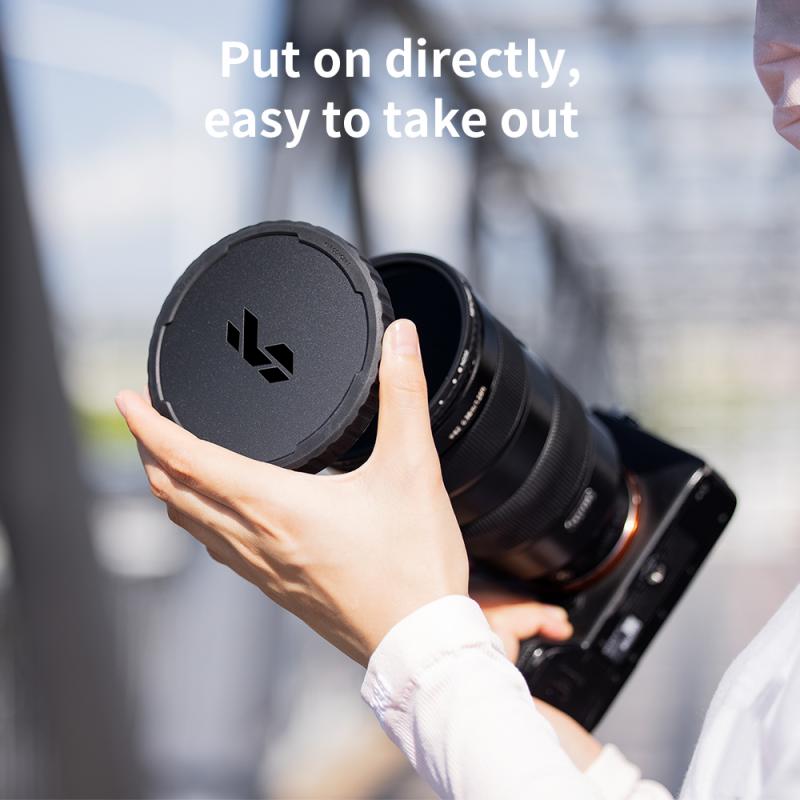
What is variable ND filter?
A variable ND filter is a type of neutral density filter that allows you to adjust the amount of light entering your camera lens by rotating the filter. It consists of two polarizing filters that are stacked on top of each other and can be rotated to adjust the amount of light that passes through them. This allows you to control the amount of light that enters your camera lens, which is particularly useful when shooting in bright conditions or when you want to achieve a shallow depth of field.
How to Use Variable ND Filters:
1. Attach the filter to your lens: Screw the filter onto the front of your lens, making sure it is securely attached.
2. Set your camera to manual mode: This will allow you to adjust the shutter speed and aperture settings to compensate for the reduced light entering the lens.
3. Adjust the filter: Rotate the filter to adjust the amount of light entering the lens. This will allow you to achieve the desired exposure and depth of field.
4. Check your exposure: Take a test shot and check the exposure. Adjust the filter as necessary to achieve the desired exposure.
5. Experiment with different settings: Try different shutter speeds and aperture settings to achieve different effects. The variable ND filter allows you to be creative with your photography and achieve unique and interesting shots.
The latest point of view on variable ND filters is that they are becoming increasingly popular among photographers and videographers. They are particularly useful for shooting in bright conditions or when you want to achieve a shallow depth of field. They are also great for creating long exposure shots, which can create stunning effects such as silky smooth waterfalls or streaks of light in traffic. Variable ND filters are available in a range of sizes and can be used with a variety of lenses, making them a versatile tool for any photographer or videographer.

